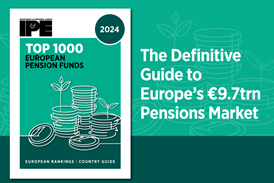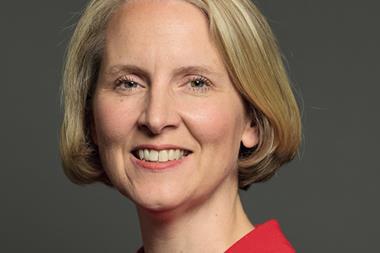UK pensions policy and practice are at a crossroads. We are on the cusp of answering the central question of pension design – how to ensure that as many people as possible are able to save for a reliable income for life in retirement through pension plans which are structured, run and invested on their behalf in a cost-effective fashion.
Whether we answer that question well will depend not just on governments and regulation. It will need the active participation of the pensions industry; trustees and providers, sponsors and employees, actuaries and lawyers, policy makers and regulators.
Advantages of CDC plans
Last autumn, Royal Mail launched a new collective defined contribution (CDC) pension for its 100,000 employees. Amazingly, 99.8% of those eligible signed up to the plan. It is the first significant new plan this century to have income for life as its core objective.
To be clear, other pension plans have opened in the UK in recent years and most do an excellent job. But they are defined contribution (DC) schemes and structured as individual savings plans. If the saver wants to turn their money into an income for life they must purchase an annuity, which is likely to be pricey. Alternatively, they can take an income from their savings. But unless they know how long they will live, they don’t know how much they can draw down each year. Royal Mail employees will not have these problems.
CDC pensions are a big step forward, but they are neither a silver bullet nor a panacea for every saver. They do address the central pension question though – at their heart is the simple, powerful principle of longevity risk-sharing. Unlike individual DC, CDC plans pool contributions to provide a lifelong income. We don’t know how long each individual will live, but we do know more accurately how long a group of people will live. So pooling can eliminate the problems that plague individual savings, and allow for a more predictable and sustainable income throughout retirement.

This collective approach results in significantly higher pension outcomes. Studies show that CDC pensions can deliver retirement incomes more than 30% higher than individual DC-plus-annuity plans on average for the same cost. That is a massive benefit.
But let’s not get carried away. CDC pension plans require careful management. They must be well-designed and well-communicated. Unlike defined benefit (DB) schemes, CDCs do not offer a guarantee. Benefits can fluctuate based on the scheme’s funding status and investment performance. Therefore, communication, transparency and prudent regulation are essential to maintain trust.
Members need to be treated fairly so that payments made by savers, whether older or younger, at least reflect the benefit earned. They need strong, fiduciary governance. One commentator has compared CDC to a jet engine. The principle by which it works is straightforward and we know makes the plane fly much better. But designing it requires considerable expertise.
CDC also has important implications for the way pension money is invested. The government is rightly questioning why so little of our pension savings ends up financing infrastructure and growth in the UK. One reason is the structure of our pension system; the need to match the liabilities of a DB pension plan has led to cautious investment strategies, while the transferability of DC pensions means they are invested in liquid securities. But a collective fund can be established as a near permanent vehicle, there to deliver the best possible pension with funds invested to members’ long-term advantage. That is why the Canadian and Dutch pension funds tend to invest more productively.

A blueprint for the future
Royal Mail’s CDC scheme marks the first step in what could be a broader transformation of the UK’s pension landscape. This will require further government action to establish rules for multi-employer CDC plans. However, the process is underway and forward-looking pension providers are actively looking at how they can use it to provide better pensions.
Rules are needed for ‘decumulation only’ CDC, so that the savings from a DC plan can be used to purchase an income for life. Again, the government has committed to developing regulations and is planning to ask DC trustees to indicate to their members how their DC savings can best be used to provide an income.
But while regulations are important, delivering a good private pension system needs partnership. It requires employers to reflect on how well their current arrangements meet the goals of a good pension. A 30%-plus productivity increase is possible. Similarly, employees and their unions need to ask that their pension contributions are productively used and invested. Providers, actuaries and lawyers will need all their expertise to develop new pension plans and agree to market them in an ethical manner.
Among the economic and social benefits are better incomes in retirement, more stable financial planning, and a source of capital that can be deployed for the country’s long-term growth needs. At a time when the UK is grappling with major economic challenges, this is precisely the kind of innovation we should be encouraging.
So we are at a crossroads. If employers, workers, industry and government work together, we can write and implement the blueprint for a new generation of collective pensions, transforming retirement prospects for millions of Britons.
David Pitt-Watson and Hari Mann are co-chairs of the Royal Society of Arts’ CDC forum


































1 Reader's comment